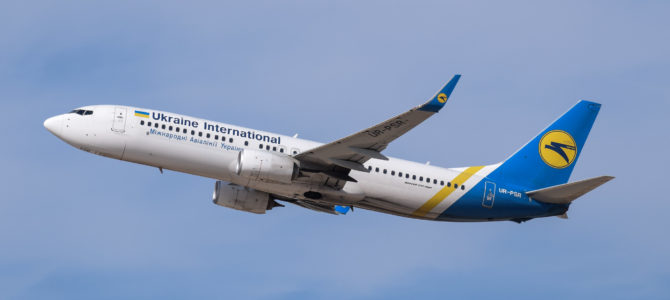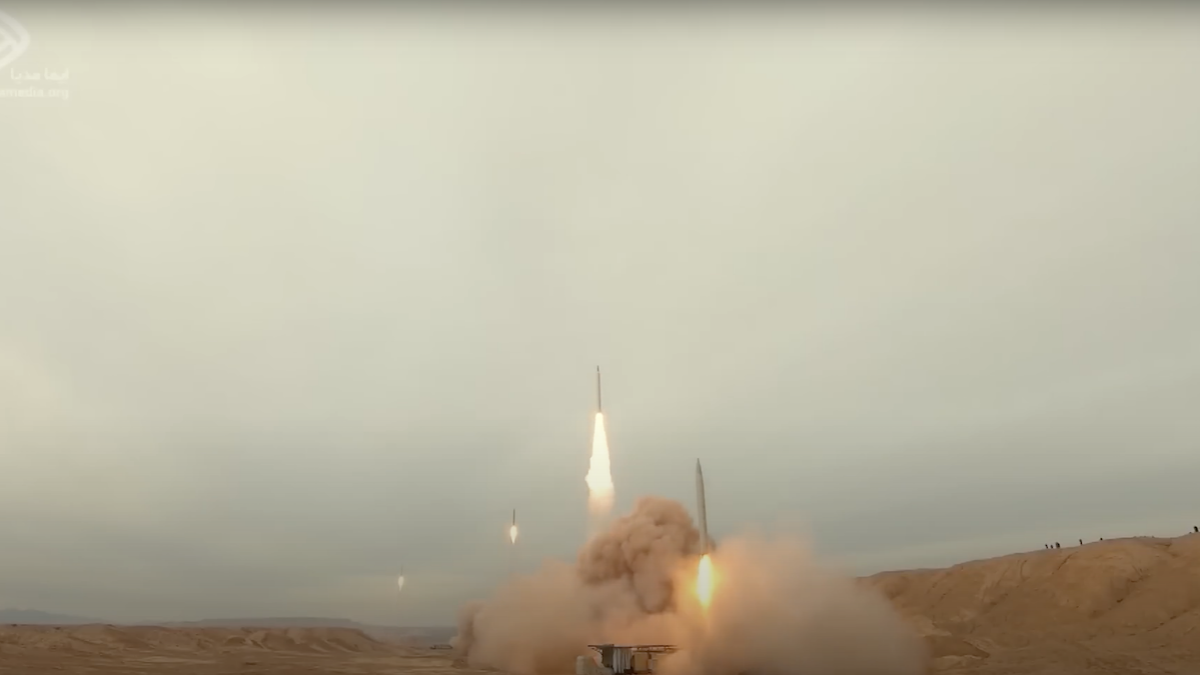UPDATE: Iranian anti-aircraft defenses shot down a European passenger jet Wednesday night killing all on board, United States and Iraqi officials told Newsweek Thursday morning. The alleged attack, which these officials say was likely accidental, killed all 176 passengers and crew during Wednesday night’s hostilities with the United States. The crash immediately drew international scrutiny after rapid explanations of technical failure raised suspicions.
Ukraine International Flight 752 took off from Iran’s capital, Tehran, bound for Ukraine’s capital city Kiev at 6:12 a.m, local time. Iran had fired a barrage of missiles on three U.S. bases in Iraq just three and a half hours earlier, and was on high alert for retaliatory strikes from missiles or aircraft. President Donald Trump had threatened to hit 52 targets in Iran in response to an attack on U.S. forces, but the Pentagon has since issued an analysis that the strikes were designed to not injure American life and to save face.
Minutes into the plane’s initial ascent, at just over 7,000 feet and traveling approximately 300 miles per hour, all communication with Flight 752 was lost. No distress beacon was issued and no communication indicating mechanical issues were transmitted from the crew. Images resembling “fragments of a Tor M-1 missile” were reportedly found in a nearby, according to Newsweek.
Witnesses report the plane crashed from the sky while completely ablaze, and unconfirmed footage appears to back this up. While both Iran and Ukraine’s embassy quickly blamed mechanical failure, the Ukrainian embassy deleted this statement shortly later. Flames kept rescue crew at bay for hours, Reuters reports, and debris was scattered over hundreds of yards of farm fields.
“I just know airplanes don’t come apart like that,” former Federal Aviation Administration chief investigator Jeff Guzzetti told The Washington Post, adding he sees “all the earmarks of an intentional act.”
“Planes just don’t blow up in midair,” Teal Group aviation analyst Richard Aboulafia told The New York Times. “It doesn’t work like that.”
While it’s standard practice to recover and send the plane’s flight recorder, or “black box,” to the manufacturer to assist in the investigation, Iran Civil Aviation Organization chief Ali Abedzadeh told state media the flight recorder will not be sent to Boeing, an American company, The Wall Street Journal reports. Abedzadeh did not rule out sending the recorder to a country other than the United States for analysis.
The plane, a Boeing 737-800, has a solid safety record. “There are more than 8,000 CFM56 engines in service on 737 aircraft worldwide,” The Guardian reports, “making it the most popular engine-aircraft combination in commercial aviation.”
Most international flights through Iranian airspace rerouted in anticipation of hostilities between the United States and Iran, while others cancelled flights after Iranian strikes in Iraq.
The U.K. Telegraph reports passengers’ nationalities as 83 Iranians, 63 Canadians, four Afghans, and 24 Europeans, including Swedes, Germans and Ukrainians, in addition to the nine Ukrainian crew. Canada and Sweden are permitted to join the investigation but are barred from looking into the recording device.
Iran has invited Ukraine to assist with the investigation. The investigation will be difficult to trust. “In global aviation we would like to think that the technical experts will rule the day,” former Federal Aviation Administration administrator Michael Huerta told the Times, “but given that it’s Iran, we’ll have to wait and see.”









